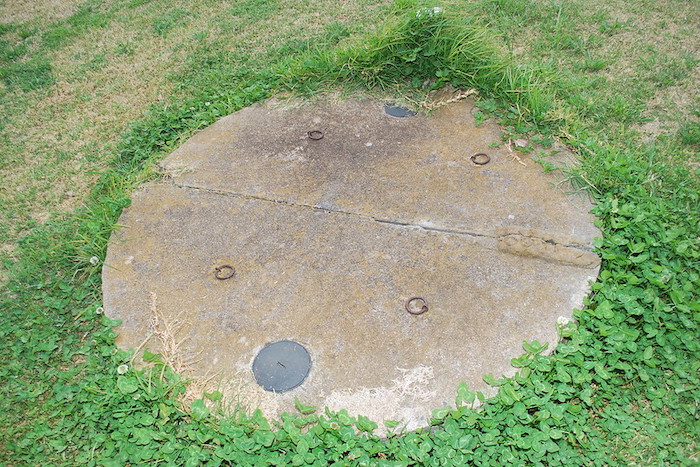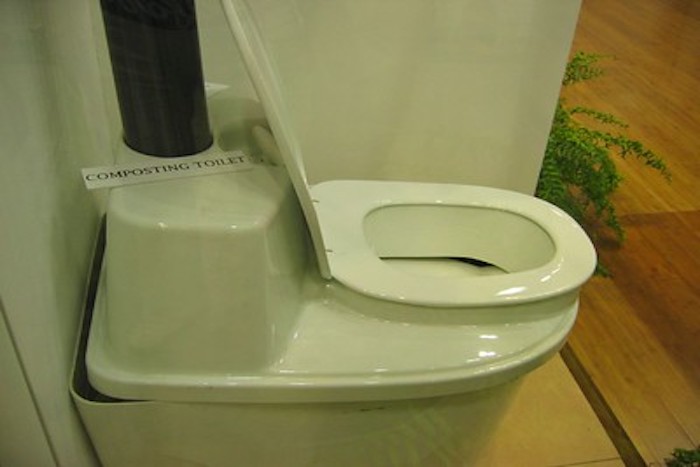
5 Tips For Permaculture Design Near A Septic System
A septic system is often considered a taboo area that is best left alone and not featured in your garden planning. However, utilising this area of your property is not only useful and part of the permaculture ethos, but it can also be beneficial to the septic system. We have some tips you can implement for permaculture design near your septic system.
Septic System
Septic systems can be problematic in a permaculture design. The following 5 tips can help you with this permaculture dilemma.
- Don’t grow trees near septic systems
- Plant grass to use as compost
- Grow bee-friendly plants
- Use raised bed gardening
- Phase-out your septic system
If you are not connected to your city sewer system, you will probably use a septic system. How you can use the ground where your septic system is located will depend on the type of septic system you have implemented. Follow our tips to incorporate this land and the septic system into your permaculture design.
How To Implement Permaculture Near A Septic System
Septic systems are a way that we manage human waste produced by our households and can be difficult to incorporate into a managed environmental system.
If not treated correctly, human waste can contribute to the spread of disease and contaminate areas and make them unsuitable for use.
The permaculture ethos is to take a holistic approach to our environment and consider the following.
- Use everything. Permaculture includes finding a use for everything, even waste products.
- Minimize your impact on natural systems. The holistic approach of permaculture encourages us to minimize the negative effects we have on the environment we live in.
- Produce no waste. Unfortunately, humans produce waste, so we need to find a way to treat our waste to minimize environmental impact.
- Improve the parts of the environment you touch. Where we make use of the environment, we should improve it rather than damage it.
- Use natural systems as far as possible. The systems used as part of a permaculture lifestyle should be as natural as possible.
The concept of permaculture is to use our environment sustainably, where our activities benefit the environment rather than create a problem. This includes using areas around a septic system created from the waste we produce.
We have some do’s and don’ts for how you can incorporate permaculture near a septic system.
1. Don’t Grow Trees Near A Septic System
Trees develop deep roots that penetrate far below the upper topsoil layer. Tree roots also spread far from the tree’s base to anchor the tree across a wide base.
This strong, deep, and wide root system of trees can damage the structure of your septic system, block soakaways, and damage or block pipes.
If your septic system uses a drain field as a soakaway, there will be a lot of moisture close to the surface, which may encourage trees to develop shallow root systems. This will be problematic when the trees become large. Strong winds can cause them to topple over, presenting a hazard for structures livestock and injury on your property.
2. Plant Grass Over Your Septic Field
If you have a septic system or French drain that uses a drain field, planting grass or lawn over the area will produce a useable crop on your property.
Grass grown over this area can be cut and the grass cuttings can be used as compost material. This allows you to use the additional moisture in the ground, and the grass acts as a biofilter for the water it consumes from the field.
3. Plant Bee Friendly Plants Near Your Septic System

Flowering plants do not generally have deep root systems that can potentially damage your septic system. This makes the areas near your septic system an ideal location to plant flowering plants that will feed your own bees or wild bees.
Encouraging bees on your property will not only improve your crop pollination results but also help to provide bees, including wild bees, with a food source.
Plant a mixture of flowering plants in this area, selecting plants that will flower in summer and others that will flower in winter. This will offer bees in the area a year-round food source.
If you plant directly over a drain field, you need to be aware that the ground will be wet and have a higher salt content than the surrounding areas. You may need to select plants that will tolerate these damp and higher salt content conditions or use trial and error to establish which plants will grow best.
4. Use Raised Bed Gardening Near Septic Systems
It is not recommended that you plant food crops on or near septic systems. The water in the ground near these systems can contain contaminants that can be absorbed by the plants and into the food crop they produce.
Raised beds are a way you can use the area near a septic system to produce food crops without the contaminants from the groundwater affecting your plants or the crops they produce.
Raised beds can be implemented using the Hugelkultur permaculture method. Large organic material Is placed at the bottom of the bed with ever decreasing sizes as the bed is filled. Finally, the top growing layer of the bed is laid down using a compost mix.
Watering the raised bed from the top will cause the plants to use water and nutrients from the upper layer of the raised bed rather than seeking water and nutrients deeper in the bed.
It is not advisable to place raised beds directly over a septic drain field since part of the waste management with this system relies on surface evaporation of excess moisture.
Covering the area with raised beds can reduce the effective evaporation and cause the drain field to become waterlogged and muddy.
5. Change From A Septic System To A Dry Composting Toilet System

The best way to incorporate a septic system into a permaculture lifestyle is to not use a septic system at all. Septic systems create more problems on a homestead or property for a permaculture lifestyle than they solve.
Septic systems are essentially old technology implemented in an era before humans realized their impact on the environment. It was simply a convenient way to deal with human waste using the out-of-sight-out-of-mind principle.
If you are not connected to a municipal sewage system, a better implementation for dealing with human waste is a composting toilet.
There are many types and designs of composting toilets. Some separate liquid waste from solid waste, while others manage both together. The advantage of composting toilets is that human waste is converted into useable manure, often referred to as humanure.
This form of sanitation is a method that better fits the permaculture ethos and goals than a septic system. Switching over to a composting toilet can be planned into your permaculture design and will solve the problems associated with septic systems.
Most normal homes direct greywater into septic systems as well as blackwater. The first step to moving to a composting toilet is implementing a greywater recycling system. In this system, the greywater is filtered through a process, and the resulting water is used to water plants.
Once your greywater system has been implemented, you can move on to replacing your toilet system with a composting toilet and remove your septic system completely. This will restore the natural balance on your property while offering an effective, safe way to treat human waste.
Conclusion
Opting for a permaculture lifestyle is a good choice to limit human impact on the environment while still getting everything we need to survive from the natural world.












